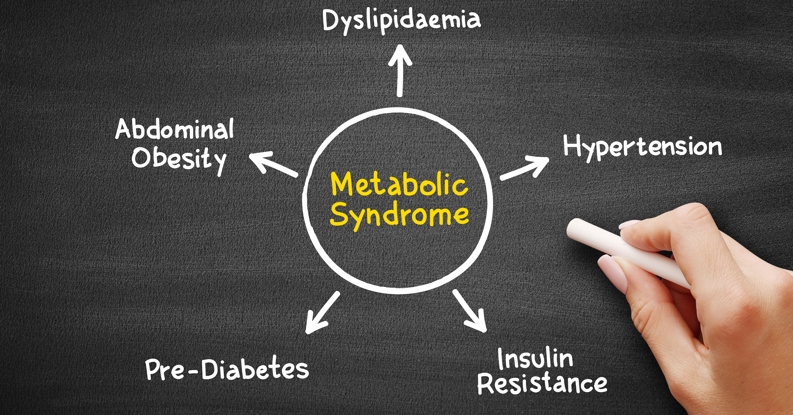What You Should Know About Strokes
- Category: Neurosciences
- Posted On:
- Written By: Southwest General

According to The Centers for Disease Control and Prevention (CDC), strokes are the fifth- leading cause of death in the United States. A stroke occurs when blood can no longer flow properly to the brain, and brain cells die. Symptoms depend on where the lack of blood flow happens, but no matter what, you’ll want to know the signs so you can obtain medical help, F.A.S.T.
The best way to remember the most common stroke symptoms is to remember they happen F.A.S.T.
Face Drooping: You might notice that one side of the person’s face is suddenly drooping. Ask him/her to smile. A smile that suddenly appears uneven, drooping or lopsided is one of the first signs that a stroke is occurring. Another symptom that occurs with this is numbness of the face.
Arm Weakness: This usually occurs on one side of the body and can even cause the arm to drift downward. If you are noticing weakness and numbness, have the person raise both arms.
Speech: The most commonly known symptom is a difference in speech. If you notice a person’s speech is slurred, a little off or the person is unable to talk altogether, he/she might be suffering a stroke. To assess, encourage him/her to repeat sentences and to hold a conversation. If it’s hard to understand what they are trying to say or they are slurring their words, call 9-1-1 immediately!
Time to Call: Whether the symptoms progressively worsen or seem to improve, the person should seek medical attention ASAP. Since, with strokes, “time is brain,” the sooner medical care is started, the better outcome for the patient.
Knowing Your Risks
Women are more likely to have a stroke than men. Specific conditions can worsen risks such as a history of migraines, obesity and hypertension. Women also might experience other symptoms that men often don’t experience such as seizures, hiccups, vomiting or nausea.
Other Symptoms
In addition to knowing and recognizing the main symptoms of a stroke, there are some not-so-apparent symptoms you also should know. A sudden headache, vision issues, confusion and unsteadiness are not symptoms to ignore. Unfortunately, a stroke can happen to anyone, anytime, making it vital to be informed and prepared.
Do you want to know more about stroke signs and symptoms as well as your own personal risk for stroke? Speak with your physician at Southwest General Medical Group. He/she can help you better understand the warning signs and symptoms and help you make any necessary lifestyle changes to achieve the most optimal health possible.


